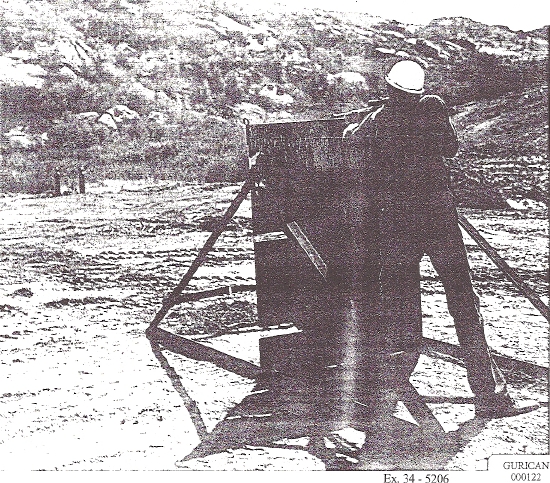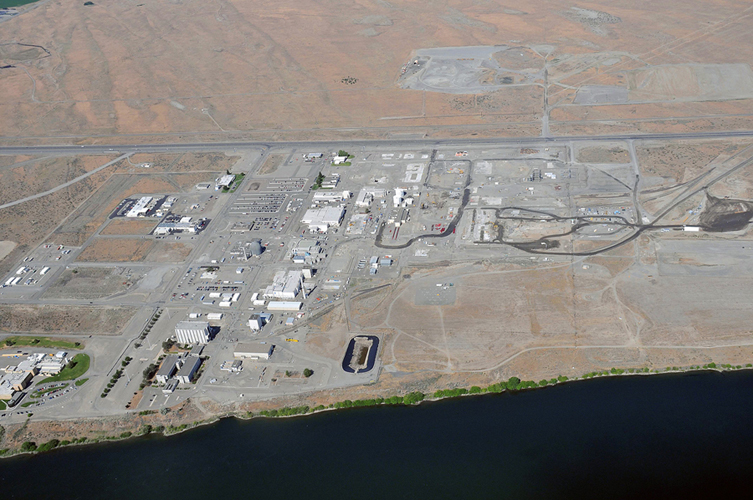Part 2 of 3
In part 1, I wrote about the history of the Santa Susana Field Laboratory (SSFL) and the horrible environmental abuses that occurred with respect to radioactive materials. During the early days of the Laboratory operation, environmental standards had not yet been establish for radioactive materials and record keeping was minimal or non-existent. We do know that radioactive contamination was often released into the soil, water and atmosphere from the burning of wastes, as well as fires, accidents and melt-downs at experimental reactors. The year before the Laboratory was completely shut down in 2006, wildfires swept through the area, damaging buildings and releasing more radiation from plants and soil into the atmosphere.
Boeing, which owns the Santa Susana Field Laboratory and land around it are busy demolishing buildings in preparation for converting the land into a park. The California Department of Toxic Substances (DTSC) is being accused by a number of non-profit watchdog groups of allowing Boeing to illegally tear down the buildings and cart the radioactive waste off to seven dumps in Southern California. A great deal of money has been spent trying to convince the public that the site is clean enough to be a public park and that there is no danger of serious radiation exposure for people using the park. At the end of 2012, the DTSC and Federal EPA worked to reduce public confidence in a major radiation study of the SSFL land.
Consumer Watchdog, one of the non-profits fighting the state and Federal governments over SSFL released a report titled Golden Wasteland in February of 2013. The report provides evidence that the DTSC and its director have been victims of regulatory capture and are siding with the companies that they are suppose to regulating. They are not doing their job of monitoring and regulating serious pollution in California. They claim that DTSC is allow Boeing to dismantle the buildings on the SSFL site without providing the oversight, public input and environmental impact statements required by law. The watchdog groups are calling for a halt to the demolition of buildings where plutonium fuel was processed and where experimental reactors suffered accidents and meltdowns. These buildings were proven to contain highly radioactive contamination during an inspection in March of 2013. The debris of six contaminated buildings that have been demolished have been shipped to landfills that are not licensed to receive radioactive waste. In addition, these landfills are mined for metals that are sent to recycling plants. Some of the metals may wind up in consumer products and threaten public health. The greatest fear is that highly toxic plutonium-239 from SSFL will endanger the public.
The DTSC and Boeing have been discussing issues of disposal and regulation but there has been little to no opportunity for public input. The same callous behavior that has been exhibited by the Navy at Seattle’s Magnuson Park and the U.S. Department of Energy at Hanford in Washington State is being shown by the DTSC. Environmental contamination and threats to public health are not being taken seriously. Illegal behavior that is convenient for Boeing is being tolerated by the State of California. These three cases are perfect illustrations of why we cannot trust Federal and state agencies to protect us from the dangers that attend the use of nuclear energy to provide electricity for our cities and industries.
Santa Susana Field Laboratory Area IV which contained nuclear reactors and laboratories:


